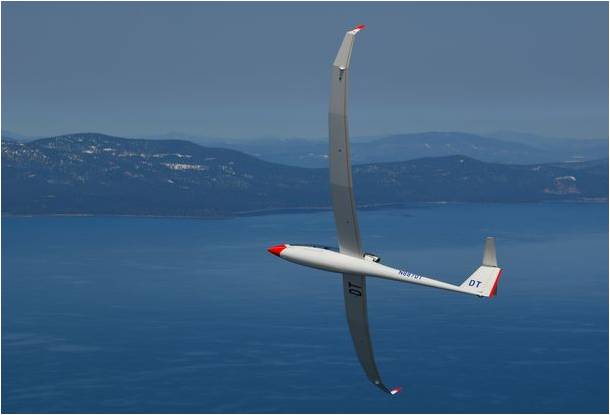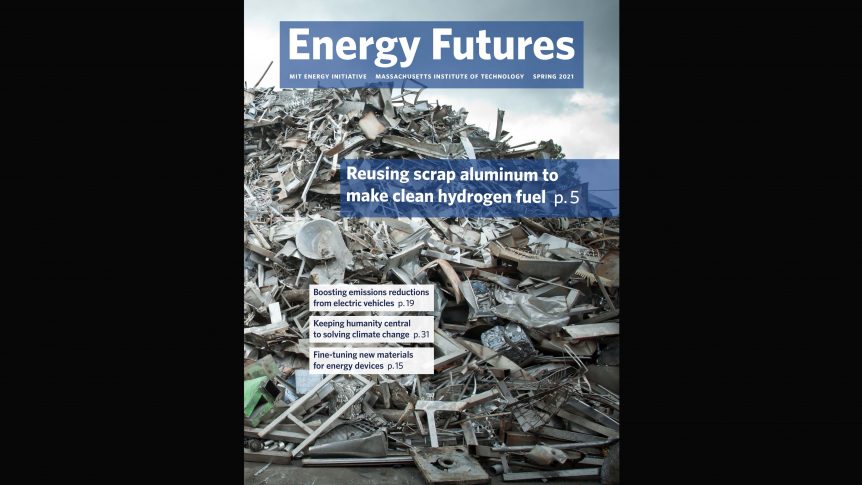Airbus, through its partnership with the Perlan Project, is investigating how to clean vapor trails from the high-flown paths traversed by airliners. Through its pair of Blue Condor jet-powered sailplanes, Airbus and Perlan are working toward a contrail-measuring mission in 2024. Hydrogen, the most abundant element in the universe, has been a rarity in the aviation world, other than in well-publicized events involving gas-fueled conflagrations. (Whether the H2 carrying the Hindenburg aloft or the fabric skin covering the great ship’s frame caused the fire at Lakehurst, New Jersey in 1937 is still somewhat controversial.) Regardless, the disaster brought about a deep mistrust of hydrogen that persists to this day. Airbus, along with the Perlan Project, looks forward to exploiting H2’s advantages while overcoming its undeserved stigma and surprising issues. Perlan’s Greater Mission The Perlan Project has achieved an enviable string of record flights culminating in the 2018 altitude record of 76,114 feet. Carrying CubeSats filled with science experiments developed by …
MIT Makes Hydrogen from Scrap Aluminum and Water
Three Massachusetts Institute of Technology (MIT) researchers may be on the track of producing hydrogen from a reaction between aluminum (the scrappier the better) and water. Their “simple way” of generating H2 from aluminum and water can take place anywhere, according to the researchers. Since groups like ZeroAvia and Pipistrel with the DLR (German Space Agency) and HY4 are working toward at least intermediate-range hydrogen-powered flight, an inexpensive way to produce the gas would be a blessing. Current methods of producing H2 from fossil-fuel-related materials can be more detrimental to the environment than the promise hydrogen would otherwise bring, however. Corroding but Not Rusting Dr. Laureen Meroueh along with Professor Douglas Hart and Professor Thomas Eager at MIT have found a way to react aluminum with water at normal room temperature, leading to the formation of aluminum oxide while releasing hydrogen gas. Under normal conditions, aluminum exposed to water develops a coating of aluminum oxide. Stanford researchers in 2000 discovered …


